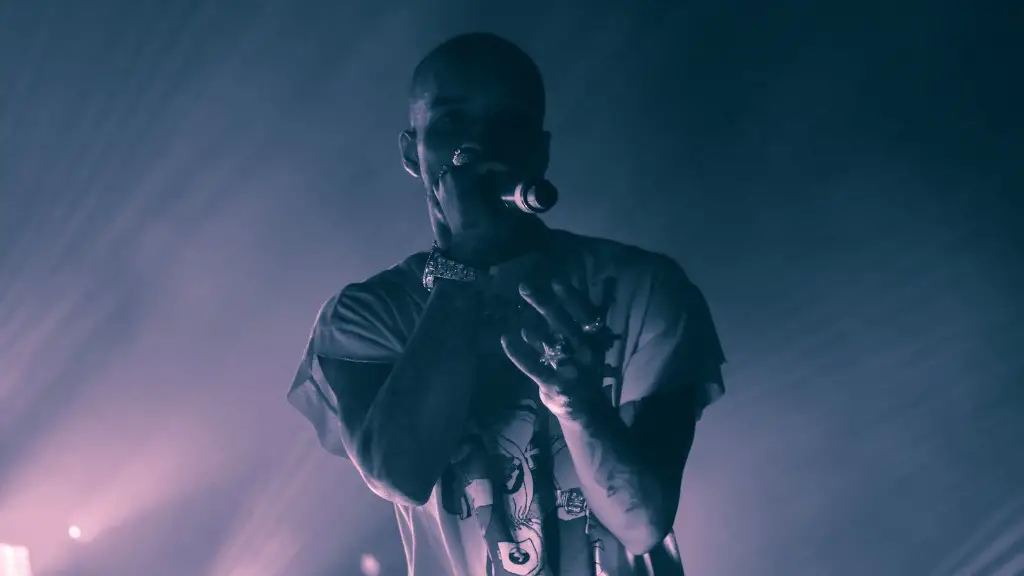Getting creative and drawing a police officer can be a lot of fun and a great way to build your artistic skills. It can also be quite the challenge since you need to capture the subtle nuances of a police officer in a two-dimensional drawing. Here is how to take on that challenge and create a great portrait of a police officer.
Step 1: Prepare Your Tools and Canvas
It all starts with the basics; assemble all the supplies you need and set up your canvas. When drawing a police officer, you will need your favorite pencil, a sharpener, and an eraser. You may also want to use charcoal for the darker parts of your drawing and even colored pencils to bring life to the final image. It all depends on your artistic preference.
Step 2: Analyze the Face Structure
A police officer’s face tells a lot about their personality and lifestyle. Before starting your drawing, observe the facial features of the police officer you are trying to capture. Take note of the brow line, eyes shape, nose size, and most importantly the shape of their jawline and how it transitions into their neck. All these details combine to make up a portrait of the police officer.
Step 3: Choose the View
Now that you have all the details of the face structure, it is time to choose the view. Do you want it to be a precisely aligned side profile? Or a slightly angled front view? The view you choose will have a huge impact on the emotion of the picture. In most cases neither view looks better than the other, you must decide based on the feeling and emotion you want the portrait to convey.
Step 4: The Eyes are the Windows to the Soul
When creating a portrait of a police officer, you must focus on the eyes. The eyes show the force of power and authority that a police officer holds. Use contrast and light balance to emphasize the eyes and bring attention to make sure to draw a powerful and authoritative gaze.
Step 5: Details are Key
Facial expressions give a portrait emotion. Use charcoal or pencil to create layer and add details like wrinkles, facial hair, and other details that will help you create a realistic portrait. If you want to push your creative boundaries, why not add a hat or a badge? Such details will bring your portrait to a whole new level.
Step 6: Finishing Touches
After you finish detailing and shading the portrait, it’s time to add the finishing touches. In most cases, this is the part where you add the colors. You can use either colored pencils or watercolors to make it more vibrant. This step is all about taking the portrait from a two-dimensional image to a three-dimensional reality.
Step 7: Enjoy the Finished Product
Once you’ve added all the details, it’s time to admire your masterpiece. Your finished drawing of a police officer could potentially become a talking point or even a conversation starter. Take a moment to appreciate your hard work and all the effort you put into it.
There you have it! A step-by-step guide of how to draw a police officer. Drawing a police officer can be a great way to practice your artistic skills and create a piece of art that will stand out. If you follow the steps above, you’ll soon have an amazing drawing that you can proudly display and show off.

